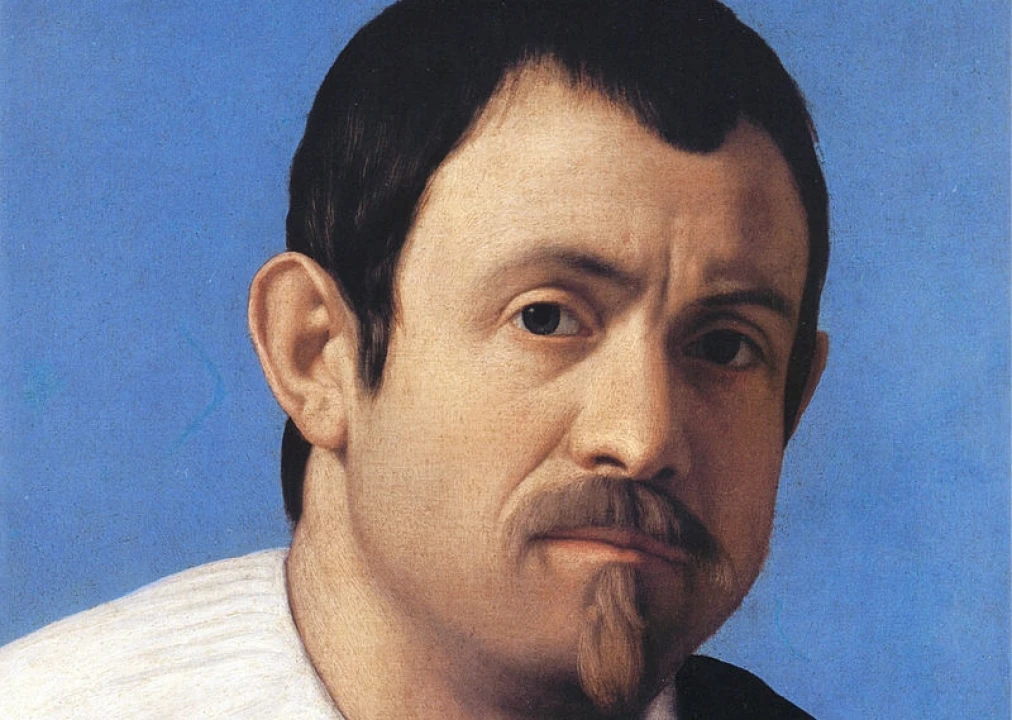These years witness important celebrations for art history, and history in general. While it is the centenary of the breakthrough in the First World War and of all its artistic and human collapses, a century before Napoleon bought up works of art in Italy for his Musée Napoleon, created in the first decade of the nineteenth century. The news concerns this very anniversary: the "Immaculate Conception" of Giovan Battista Salvi known as Il Sassoferrato, returns to Italy after more than two centuries, courtesy of the Louvre Museum.
The occasion is important not only for the loan but also for the two related exhibitions that rekindle the spotlight on an artist who had a good fortune in the seventeenth century but who has never managed to go down in history as a leading painter. The exhibition "Sassoferrato dal Louvre a San Pietro: la collezione riunita" ("Sassoferrato from Louvre to San Pietro: the reunited collection") allows after two hundred years to enjoy an exhibition that recovers all the production of Sassoferrato in Perugia, especially in the Abbey of San Pietro, accompanied by the works that most influenced him, also coming from the territory between Umbria and Marche. These are works by Raphael and Perugino from the city museums of Perugia, from private collections and loans from other museums.
It is an opportunity to reconsider Salvi's position as an imitator of the greats of the Renaissance and instead give credit to Federico Zeri's thought, who described him as follows: "He does not limit himself to copying the works of artists taken as a model, but always adds his personal interpretation".
All the works of the Sassoferrato preserved in St. Peter's Basilica were commissioned by the abbot Leone Pavoni, a passionate commissioner, as evidenced by the unpublished papers and documents that emerged from the Basilica's archives during the systematic study of the works to be exhibited.
The second exhibition related to that of Perugia is right in the town of Sassoferrato (in the province of Ancona, in the Marche region), where Salvi was born in 1603, and has the title "La Devota Bellezza" ("The Devoted Beauty").
The exhibition focuses on the extremely rare graphic production of the Sassoferrato, exhibited for the first time in Italy: out of ninety drawings of the artist who arrived to us, sixty-three are owned by the British Royal Collection purchased directly in Rome in 1768 by Richard Dalton, a librarian of Giorgio II. Twenty-one drawings form the central corpus of the exhibition, lent by Prince Charles of England's Personal Secretariat, come from this collection. The drawings are flanked by some of Salvi's paintings, allowing the visitor to grasp the relationship between graphic study and pictorial realization. In the second part of the exhibition we can find the works of the Sassoferrato preserved in the Marche region and some Roman works that made a considerable fortune at the turn of the 18th and 19th centuries, and then became very interesting for the movements of the Purists, the Nazzareni and the Preraffaelliti.
These are really two rare occasions to get to know one of the many painters considered secondary in the history of Italian art but who instead have produced works that have contributed to the enhancement of the tradition of the territory and the revival of certain themes of style in the centuries to come.




